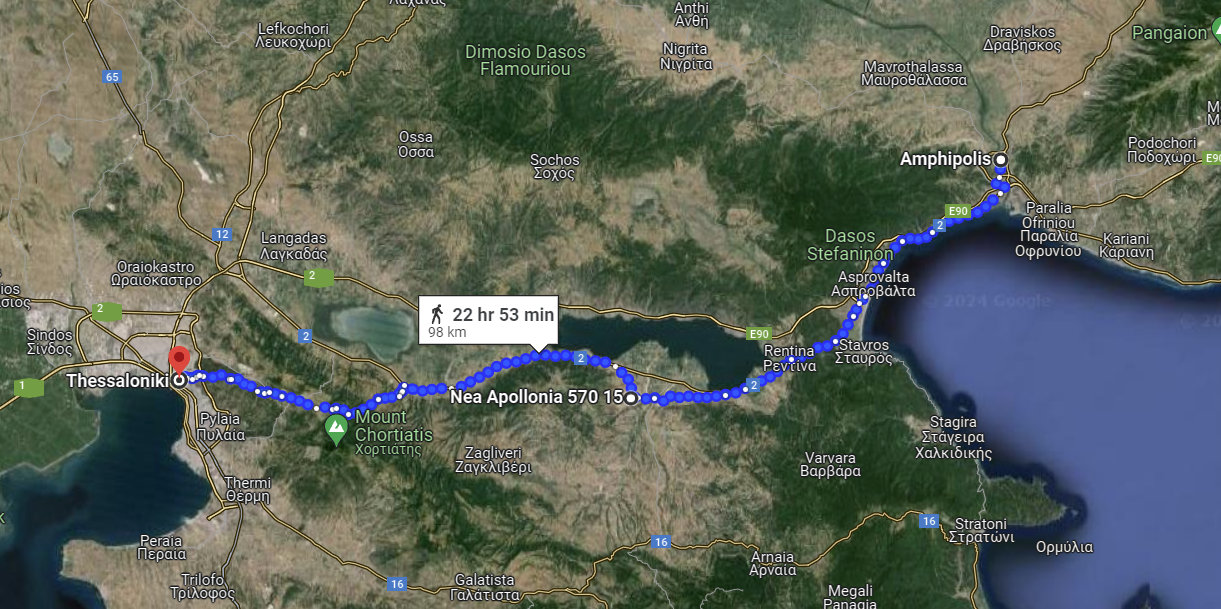What is…
Thessalonica
also known as: Thessaloniki, Saloniki, Salonika, Salonicco, and Salonica
This is a large and populous coastal city on the Thermaic bay. Its inhabitants are called Thessalonians. Founded in 315 BC, it was the capital of one of the four Roman districts of Macedonia, and was ruled by a praetor.
It was named after Thessalonica (Thessalonike), the wife of Cassander, who built the city. She was so called by her father, Philip, because he first heard of her birth on the day of his gaining a victory over the Thessalians.
The Apostle Paul’s visits to Thessalonica
“Now when they [Paul and Silas] had passed through Amphipolis and Apollonia, they came to Thessalonica, where was a synagogue of the Jews” —Acts 17:1 KJV
On his second missionary journey, Paul preached in the synagogue here, the chief synagogue of the Jews in that part of Macedonia, and laid the foundations of a church (Acts 17:1-4; 1 Thes. 1:9).
The violence of the Jews drove Paul from the city, and he fled to Berea (Acts 17:5-10).
The “rulers of the city” before whom the Jews “drew Jason,” with whom Paul and Silas lodged, are in the original called politarchai, an unusual word, which was found, however, inscribed on an arch in Thessalonica. This discovery confirms the accuracy of the historian. Paul visited the church here on a subsequent occasion (20:1-3).
Paul wrote two letters to the Thessalonians.
Archaeology
The ruins of ancient Thessalonica are located at modern Thessaloniki, Greece—the nations second-largest city. A famous ruin and landmark is the city’s carved Roman triumphal arch (below), which commerates Roman emperor Galerius who defeated the Persians.
More information
- Paul’s letter to the Thessalonians
- Macedonia
- Greece
- About ANCIENT ROME in the Bible
- What are the CITIES of the Bible? Names, descriptions, locations and types
- Amphipolis
- Apollonia
- Paul
- Silas
- Jason



